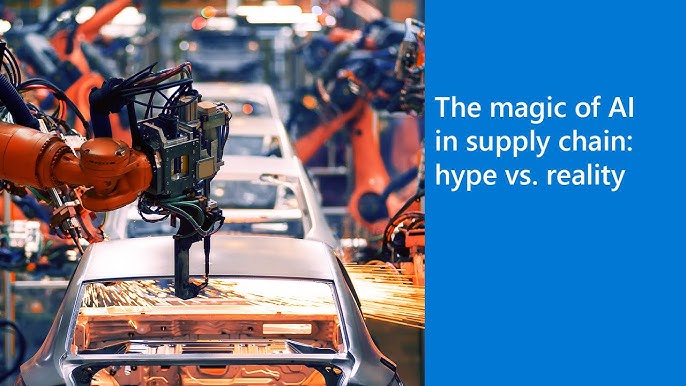
1. Introduction: Beyond Automation
For decades, machines have helped us automate repetitive tasks. But the new generation of smart machines goes further—they can learn, adapt, and reason. We are entering a phase where AI isn't just a tool; it's becoming a collaborator.
2. Core Technologies Fueling Smart Machines
-
Machine Learning & Deep Learning
These are the engines that allow systems to detect patterns, make predictions, and improve over time with more data exposure. -
Natural Language Processing (NLP)
Enables machines to understand, interpret, and generate human language—powering virtual assistants, chatbots, and voice interfaces. -
Computer Vision
Lets machines see and interpret images or video—used in autonomous driving, medical imaging, surveillance, and more. -
Reinforcement Learning & Agentic AI
Techniques that allow AI systems to learn via trial and error, and autonomously make decisions in dynamic environments.
3. Sectoral Impacts: Where Smart Machines Are Already Changing Things
Healthcare
AI systems analyze radiology scans, detect early signs of disease, propose personalized treatment plans, and help with drug discovery.
Transportation
Autonomous vehicles and intelligent traffic systems promise safer roads, less congestion, and more efficient logistics.
Finance
AI models detect fraud, optimize trading, automate customer support, and offer personalized financial advice.
Manufacturing & Industry 4.0
Smart factories use AI-powered robots, predictive maintenance, and flexible production lines to reduce waste and improve quality.
Retail & E‑Commerce
Recommendation systems, demand forecasting, dynamic pricing, and virtual try-ons all transform the shopping experience.
4. Opportunities & Benefits
-
Productivity Explosion: Smart systems can handle tedious tasks, freeing humans for creative and strategic work.
-
Innovation Acceleration: AI can augment human creativity (e.g. generative design, content creation).
-
Better Decisions: Data‑driven insights lead to more informed choices in business and governance.
-
Accessibility & Scale: AI can democratize access—e.g. diagnostics in rural areas, language translation, content generation.
5. Challenges & Risks
-
Bias & Fairness: AI trained on biased data can perpetuate discrimination.
-
Transparency & Explainability: “Black box” models make it hard to audit decisions.
-
Privacy & Surveillance: Massive data collection risks misuse.
-
Displacement & Inequality: Some jobs may vanish; unequal access to AI could widen gaps.
-
Security & Adversarial Attacks: AI systems can be manipulated or used maliciously.
6. Human + Machine: The Path Forward
The ideal future is collaboration, not replacement. Smart machines will assist, amplify, and complement human capabilities. Education, reskilling, and focusing on human-centric design are key to maximize benefits and minimize harm.
7. Ethical & Policy Imperatives
To ensure AI works for society:
-
Enforce ethical guidelines and impact assessments.
-
Promote open and transparent AI, with audits, interpretability, and accountability.
-
Advocate data rights and user consent frameworks.
-
Support regulation and governance that doesn’t stifle innovation but ensures safety.
8. Conclusion: Embracing the Smart Machine Era
We stand at a pivotal moment. Smart machines already shape our lives—from the phones in our hands to how industries operate. As AI continues to mature, its impact will only grow deeper. The question is not if machines will become smarter, but how thoughtfully we steer that journey. With responsible innovation, collaboration, and foresight, the next tech revolution driven by AI can bring tremendous benefit—and it’s up to us to make sure it does.

You must be logged in to post a comment.